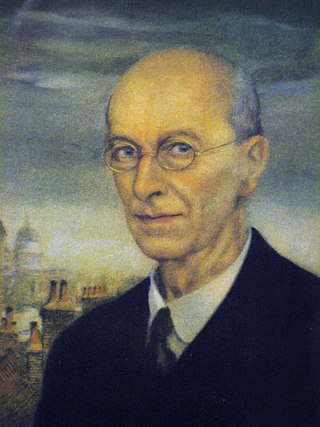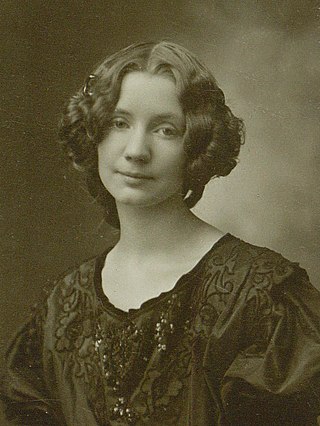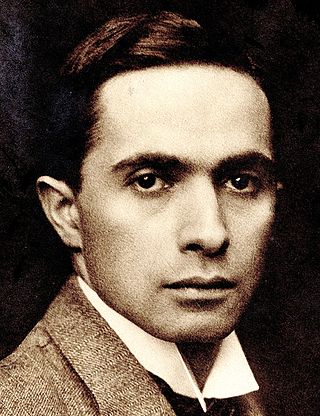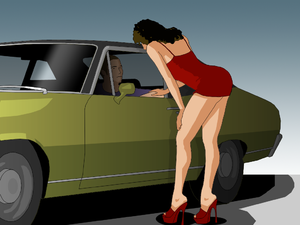A shock site is a website that is intended to be offensive or disturbing to its viewers, though it can also contain elements of humor or evoke sexual arousal. Shock-oriented websites generally contain material that is pornographic, scatological, racist, antisemitic, sexist, graphically violent, insulting, vulgar, profane, or otherwise some other provocative nature. Websites that are primarily fixated on real death and graphic violence are particularly referred to as gore sites. Some shock sites display a single picture, animation, video clip or small gallery, and are circulated via email or disguised in posts to discussion sites as a prank. Steven Jones distinguishes these sites from those that collect galleries where users search for shocking content, such as Rotten.com. Gallery sites can contain beheadings, execution, electrocution, suicide, murder, stoning, torching, police brutality, hangings, terrorism, cartel violence, drowning, vehicular accidents, war victims, rape, necrophilia, genital mutilation and other sexual crimes.

In human sexuality, a threesome is "a sexual interaction between three people whereby at least one engages in physical sexual behaviour with both the other individuals". While the term threesome typically refers to sexual activity involving three participants, it has at times been used to refer to a long-term domestic relationship, such as polyamory or a ménage à trois.

An illustration is a decoration, interpretation, or visual explanation of a text, concept, or process, designed for integration in print and digitally published media, such as posters, flyers, magazines, books, teaching materials, animations, video games and films. An illustration is typically created by an illustrator. Digital illustrations are often used to make websites and apps more user-friendly, such as the use of emojis to accompany digital type. Illustration also means providing an example; either in writing or in picture form.

An illustrator is an artist who specializes in enhancing writing or elucidating concepts by providing a visual representation that corresponds to the content of the associated text or idea. The illustration may be intended to clarify complicated concepts or objects that are difficult to describe textually, which is the reason illustrations are often found in children's books.

Yoshitaka Amano is a Japanese visual artist, character designer, illustrator, a scenic designer for theatre and film, and a costume designer. He first came into prominence in the late 1960s working on the anime adaptation of Speed Racer. Amano later became the creator of iconic and influential characters such as Gatchaman, Tekkaman, Honeybee Hutch, and Casshern. In 1982 he went independent and became a freelance artist, finding success as an illustrator for numerous authors, and worked on best-selling novel series, such as The Guin Saga and Vampire Hunter D. He is also known for his commissioned illustrations for the popular video game franchise Final Fantasy.

Touko Valio Laaksonen, known by the pseudonym Tom of Finland, was a Finnish artist who made stylized highly masculinized homoerotic art, and influenced late 20th-century gay culture. He has been called the "most influential creator of gay pornographic images" by cultural historian Joseph W. Slade. Over the course of four decades, he produced some 3,500 illustrations, mostly featuring men with exaggerated primary and secondary sex traits, wearing tight or partially removed clothing.

Arthur Rackham was an English book illustrator. He is recognised as one of the leading figures during the Golden Age of British book illustration. His work is noted for its robust pen and ink drawings, which were combined with the use of watercolour, a technique he developed due to his background as a journalistic illustrator.
Arthur Paul was an American graphic designer and the founding art director of Playboy magazine. During his time at Playboy, he commissioned illustrators and artists, including Andy Warhol, Salvador Dalí, and James Rosenquist, as part of the illustration liberation movement.

Barbara Nessim is an American artist, illustrator, and educator.
Alan E. Cober, born in New York City was an American illustrator. His artwork appeared in The New York Times, Life, Time and numerous other publications. Cober was inducted into the Illustration Hall of Fame in 2011, thirteen years after his death in 1998. Cober was frequently cited as one of the most innovative illustrators America has ever produced.

Gerda Marie Fredrikke Wegener was a Danish illustrator and painter. Wegener is known for her fashion illustrations and later her paintings that pushed the boundaries of her time concerning gender and love. These works were classified as lesbian erotica at times and many were inspired by her partner, transgender painter Lili Elbe. Wegener employed these works in the styles of Art Nouveau and later Art Deco.

Joseph Christian Leyendecker was one of the most prominent and financially successful freelance commercial artists in the U.S. He was active between 1895 and 1951 producing drawings and paintings for hundreds of posters, books, advertisements, and magazine covers and stories. He is best known for his 80 covers for Collier's Weekly, 322 covers for The Saturday Evening Post, and advertising illustrations for B. Kuppenheimer men's clothing and Arrow brand shirts and detachable collars. He was one of the few known gay artists working in the early-twentieth century U.S.

Albert Dorne was an American illustrator and entrepreneur, and was co-founder of correspondence schools for aspiring artists, photographers, and writers. Dorne was co-founder of the Code of Ethics and Fair Practices of the Profession of Commercial Art and Illustration.

Elizabeth Shippen Green was an American illustrator. She illustrated children's books and worked for publications such as The Ladies' Home Journal, The Saturday Evening Post and Harper's Magazine.

Encyclopedia Dramatica is a satirical online community centered around a wiki that acts as a "troll archive". The site hosts racist material and shock content; as a result it was filtered from Google Search in 2010. An administrator of the website was the perpetrator of the 2017 Aztec High School shooting, and users of the site frequently participate in harassment campaigns.

Jillian Tamaki is a Canadian American illustrator and comic artist known for her work in The New York Times and The New Yorker in addition to the graphic novels Boundless, as well as Skim, This One Summer and Roaming written by her cousin Mariko Tamaki.
Lena Marquise is a Russian interdisciplinary artist based in New York. She started her career in the early 2000s. She works primarily within the disciplines of performance and video art. Her works have been known to push the boundaries of ethics and morals within the context of human sexuality in order to ask the audience how they feel, and why stating, “I'm asking them to think about the piece itself rather than allowing the piece to become a spectacle.” As a professional dominatrix, she strives to reveal the different forms of sexuality apart from what is conventionally accepted. All her works are based on redefining sexuality and art, as publicly acknowledged by celebrity satirist Perez Hilton in stating on his confusion about Art, “We're not really sure how this is art, but it's awesome!” She is based in Brooklyn, New York.
Stephanie Sarley is a contemporary American multimedia artist known for her surrealistic humor.
Polly Nor is a contemporary freelance surrealist artist who draws "women and their demons". Her art mainly focuses on the themes of female identity, self esteem in the 21st century and the portrayal of women in their bedrooms. Nor states that she is inspired by her own experiences as a woman, her struggles with depression, technology, and the average, modern day woman. She works in a multitude of mediums, including print and sculpture, to create her unconventional style. She grew up drawing and received a degree in illustration from Loughborough University.

The Marvel Swimsuit Special was an annual magazine-styled comic book published by Marvel Comics from 1991 to 1995. A parody of the Sports Illustrated Swimsuit Issue, the series featured pin-ups of Marvel Comics characters in swimwear. The fan service-driven nature of the Marvel Swimsuit Special, and its overt sexual objectification of Marvel characters, has been the subject of both criticism and praise. Attempts have been made to revive the series, though none have been successful; most recently, a one-shot to be titled Marvel Summer Special was announced for release in 2019, but was subsequently cancelled.















